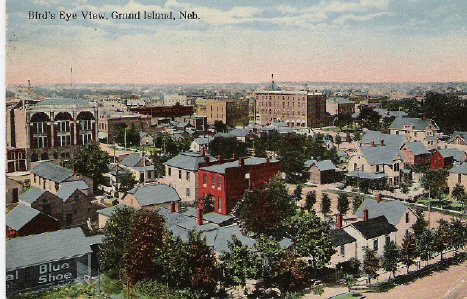
Few cities in Nebraska owe their existence more completely to the forces of transportation than Grand Island. From its very founding, the movement of people and goods—the arteries of commerce and migration—has been the sustaining element in its life. The settlement began in 1857 when a group of German immigrants, organized and financed by the Chubb brothers and the Barrows Town Company of Davenport, Iowa, established themselves along the Platte River Road. Their decision was not accidental, but a calculated investment. They believed that both the national capital and a great transcontinental railroad would one day follow the Platte Valley, tracing the route that for generations had served the Indians, the fur traders, the military, and the Forty-Niners moving westward to California.
The site they chose lay near the long, wooded island in the Platte River that French fur traders had earlier charted as “La Grande Isle.” From the eastern end near the settlement, this island extended roughly forty miles west toward Fort Kearny. Although the settlers’ dream of a national capital in the heart of the plains was never realized, their expectation of the railroad proved entirely correct.
Transportation soon transformed their small outpost into a focal point of the central plains. The Union Pacific Railroad reached Grand Island in 1866, just two years after Nebraska Territory achieved statehood. Thirteen years later, the St. Joseph and Western Railroad—later known as the St. Joseph and Grand Island—extended its tracks to the town in 1879. The Burlington line followed in 1884. With three major railroads radiating from its depot, Grand Island became known as “the hub of the wheel.”.
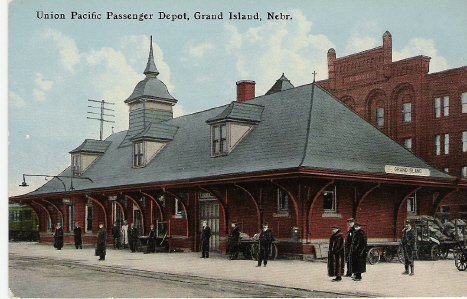
The railroads brought men, materials, and energy. As a division point on the Union Pacific, Grand Island became a place where train crews and sometimes engines were changed, ensuring a steady influx of workers and their families. These newcomers built homes, organized schools and churches, and founded civic associations that gave the young city its early social and cultural foundation. The railroad, mindful of its dependence on the town, aided its growth by constructing water lines to provide fire protection—a service of mutual benefit in an age when both locomotives and towns were highly flammable.
From a mere thirty settlers in its first year, Grand Island’s population grew steadily, approaching 40,000 by 1980. As the twentieth century advanced, the city adapted to new modes of transportation just as readily as it had embraced the railroad. The advent of the automobile brought a network of highways converging upon the community: U.S. Highways 2, 30, 34, and 281 all passed through its limits, while Interstate 80 traced a route just to the south. Aviation, too, added another dimension to Grand Island’s transportation system. The city’s airport, first known as Arrasmith Field, grew into a regional facility serving both civilian and military purposes.
The city’s economy reflected this accessibility. Agriculture, the bedrock of the surrounding region, was strengthened by reliable outlets for shipping livestock, grain, and sugar beets, while manufacturers and processors found easy access to national markets. Numerous industries came to Grand Island, drawn by its transportation advantages and by the solid work ethic of its citizens.
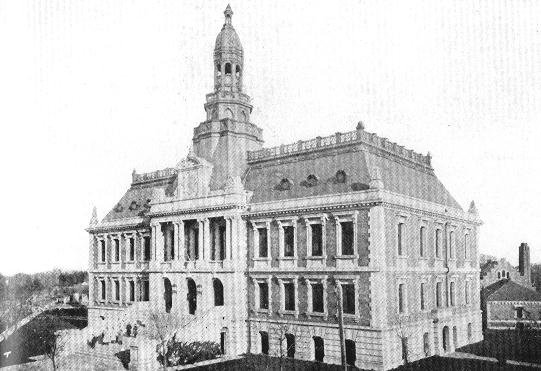
As the county seat of Hall County, Grand Island naturally developed a civic prominence that matched its economic success. In 1904, its citizens erected a new courthouse in the Beaux-Arts style, an impressive structure that testified to the community’s growing sense of permanence and cultural ambition.
World events, too, left their mark upon Grand Island. During the Second World War, the construction of the Cornhusker Army Ammunition Plant brought new activity and employment, producing bombs and artillery shells not only for that conflict but later for the Korean and Vietnam wars as well. The city’s airport was expanded to serve the training needs of the United States Army Air Forces, where crews received their final instruction before departure overseas. In later decades, the facility was used for training pilots from Strategic Air Command in Omaha and continues to accommodate both commercial and private air traffic.
The community’s commitment to those who served is reflected in two long-standing institutions. The Nebraska Soldiers and Sailors Home, first established for veterans of the Civil War, evolved into the present-day Veterans Home, while a Veterans Administration Hospital, built in the 1950s, extended that care to later generations.
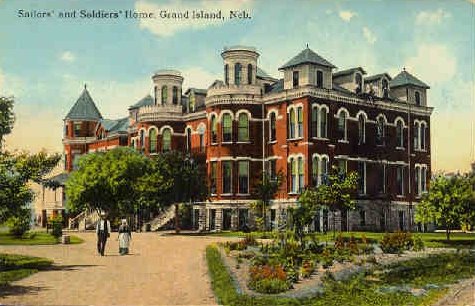
Through all its growth, Grand Island has remained bound to the Platte River, the same waterway that drew its first settlers. The pioneers held a healthy respect for the river’s unpredictable power, especially in spring when the snows of the Rockies melted and rushed downstream, sweeping away bridges, property, and sometimes lives. Today the Platte appears placid, tamed by upstream dams, yet it continues to host one of nature’s most remarkable spectacles: the migration of thousands of Sandhill cranes and other birds that rest in the Platte Valley each spring and fall, linking the modern city to the rhythms of the ancient prairie.
Nature, however, has reminded Grand Island of its vulnerability. The city has suffered floods and storms since its founding, the most severe flood occurring in 1967 when torrential rains inundated one-third of the community. Tornadoes, too, have repeatedly struck the region, but none with the fury of June 3, 1980, when a “super cell” of seven tornadoes swept across the city in a five-hour assault, destroying hundreds of homes and businesses and leaving an indelible mark on the memory of its people.
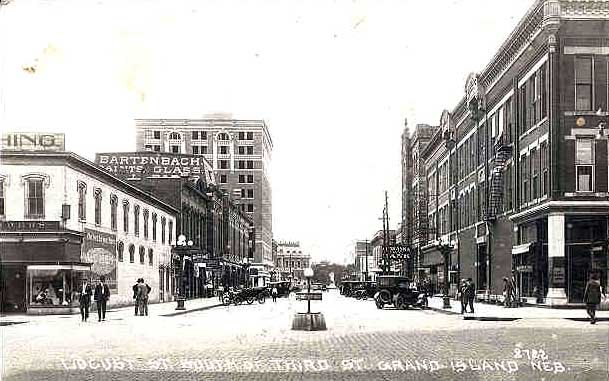
From its earliest days, Grand Island has also contributed notable figures to Nebraska and the nation. The actor Henry Fonda was born here, and his birthplace has been preserved within the reconstructed Railroad Town at the Stuhr Museum of the Prairie Pioneer. The artist Grant Reynard, whose work captured scenes of everyday American life, also had his beginnings in Grand Island. The Abbott family, prominent in state and national affairs, left an enduring legacy: Othman A. Abbott, a lawyer and civic leader, helped organize the city’s schools and served in Nebraska’s constitutional conventions as well as becoming the state’s first lieutenant governor. His daughters achieved national prominence in social reform: Grace Abbott directed the Child Labor Division of the U.S. Children’s Bureau, while Edith Abbott, dean of the nation’s first school of social work at the University of Chicago, had earlier worked at Jane Addams’s Hull House.
By the late twentieth century, Grand Island had become one of Nebraska’s “big twelve” cities—a title it earned through enterprise, resilience, and the enduring influence of transportation. What began as a speculative investment in the mid-nineteenth century matured into a dynamic regional center whose prosperity rested upon the same principle that had first drawn settlers to its shores: the meeting of movement and opportunity along the broad, historic valley of the Platte. Much of this story, together with the broader saga of the central plains, is preserved at the Stuhr Museum of the Prairie Pioneer, opened in 1967, where the legacy of Grand Island continues to be told amid the relics and echoes of Nebraska’s past.
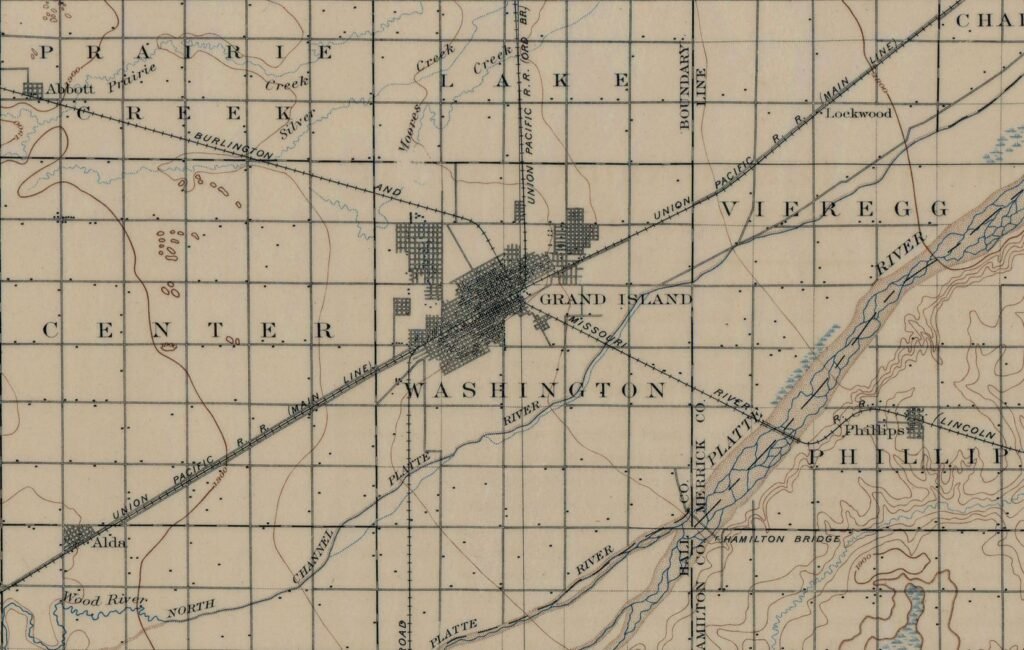
Source
Partridge, Dennis N., “A History of Grand Island, Hall County, Nebraska.” Nebraska Genealogy. September 27, 2025.
Back to: Nebraska Community Histories
Discover more from Nebraska Genealogy
Subscribe to get the latest posts sent to your email.
